April 14, 2025 | 02:19 GMT +7
April 14, 2025 | 02:19 GMT +7
Hotline: 0913.378.918
April 14, 2025 | 02:19 GMT +7
Hotline: 0913.378.918
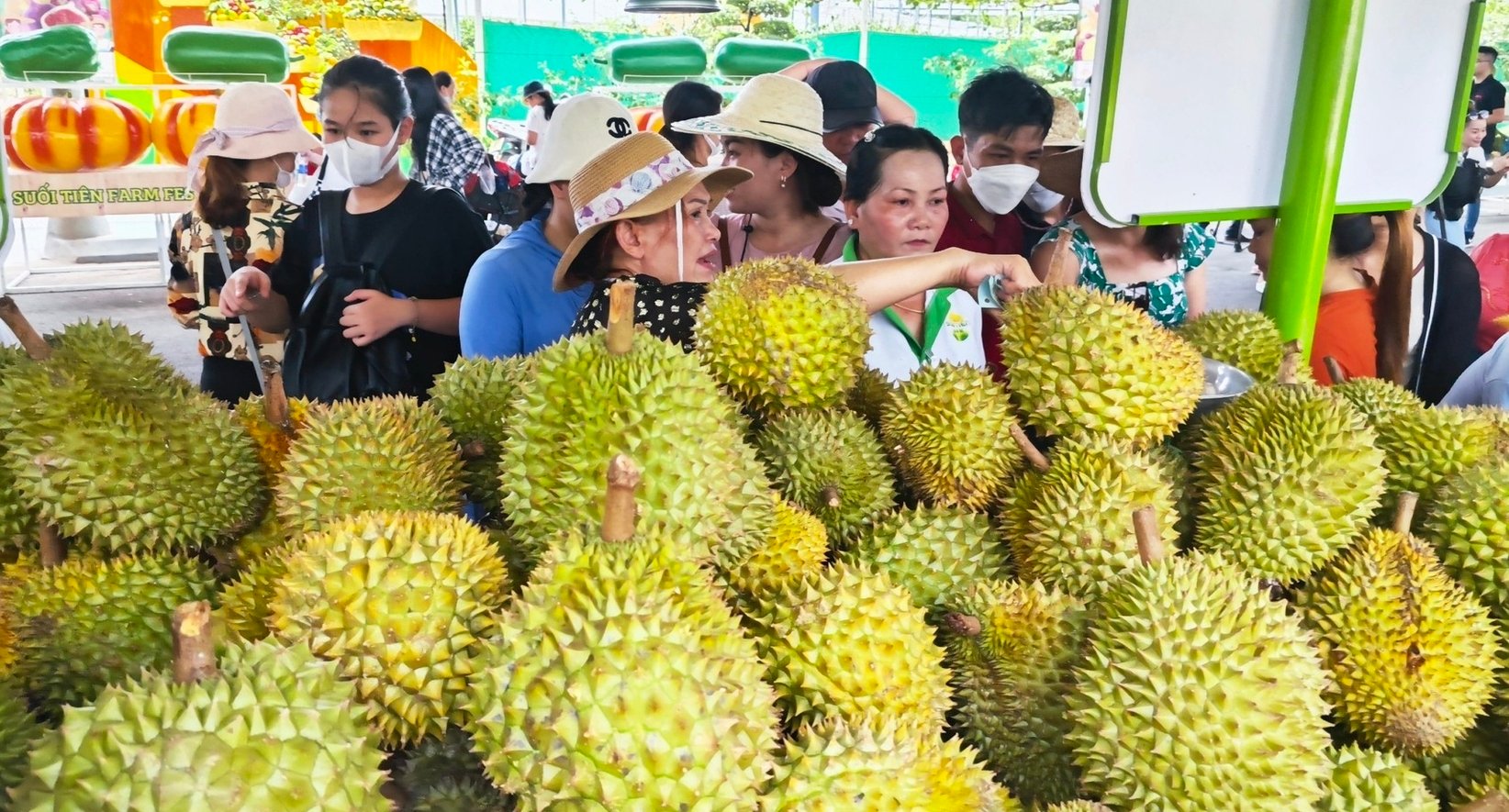
Durian is forecast to reach an export turnover of more than 2 billion USD in 2023.
According to the General Department of Customs, Vietnam's durian exports in the first seven months of 2023 exceeded the 1 billion USD milestone. Most notably, exports to the Chinese market reached over 950 million USD. It is forecast that the durian industry can reach 2 to 2.5 billion USD in terms of 2023 export turnover.
Regarding the sustainable development of durian export to the Chinese market, Mr. Ngo Xuan Nam, Deputy Director of the Vietnam SPS, recommended durian producers to fully satisfy requirements on sanitary, phytosanitary and traceability, with a focus on three important stages.
Firstly, durian producers need to focus on durian care from the flowering to the harvest stage. These stages are the most important time for the producers to comply with the signed Protocol with China on the quarantine of fresh durian fruit products. Accordingly, the Protocol details requirements on documents, records, and pesticides as well as provides advice on the handling of six harmful pest species.
“The Protocol only stipulates general requirements and regulations. As a result, farmers, cooperatives, and businesses must research to implement sanitary and phytosanitary measures in compliance with regulations", Mr. Nam added.
Due to China and Vietnam's membership in the WTO and the RCEP Agreement, durian producers must also comply with appropriate regulations.
Secondly, durian producers must pay attention to the stages between harvest and delivery to the packaging facility. Mr. Nam highlighted the importance of harvesting durian at the appropriate age, which is at approximately seven and a half years old. "This is an important indicator for durian because it will decide the quality of the final product", he emphasized.
Accordingly, the packaging facility is recommended to strictly control the classification of durian fruits. According to Mr. Nam, damaged durian fruits with low-quality flesh, small compartments, etc. must be discarded. Subsequently, these facilities must classify durians in accordance with their partner's requirements.
Packaging facilities must ensure a clean water source that is free of soil, bark, and other agents when spraying water and cleaning the surface of durian fruits. Most notably, they must avoid physical impact on the durian peel and spines.
“We must ensure that all durian fruits are free from harmful organisms when they are stamped and packaged. During this stage, businesses must keep a strict record and ensure hygiene for workers because it involves future traceability issues", Mr. Nam recommended.
The final stage is the delivery from the packaging facility to the border gate. The temperature at which durian is held after preliminary processing will impact its freshness when it arrives in China because Vietnam's primary durian production areas are located in the Central Highlands and the Southwest region, which is approximately half a week away from the target market. According to experts, durian needs to be preserved cold at a temperature between 12 and 15 degrees Celsius before being transported.
"We must choose container trucks that are thoroughly cleaned and disinfected before loading the durians. On the other hand, businesses must install air conditioning systems to prevent damage to the fruits", added Mr. Ngo Xuan Nam.
Dak Lak Provincial People's Committee has directed district-level People's Committee to educate local durian producers on the tax law related to durian trading activities. Subsequently, stakeholders will strictly comply with tax declaration and payment according to regulations. Additionally, the Committee requested the local tax department to strictly handle cases of forging contracts with farmers to legalize durian purchases from other businesses, resulting in a loss of revenue to the state budget.
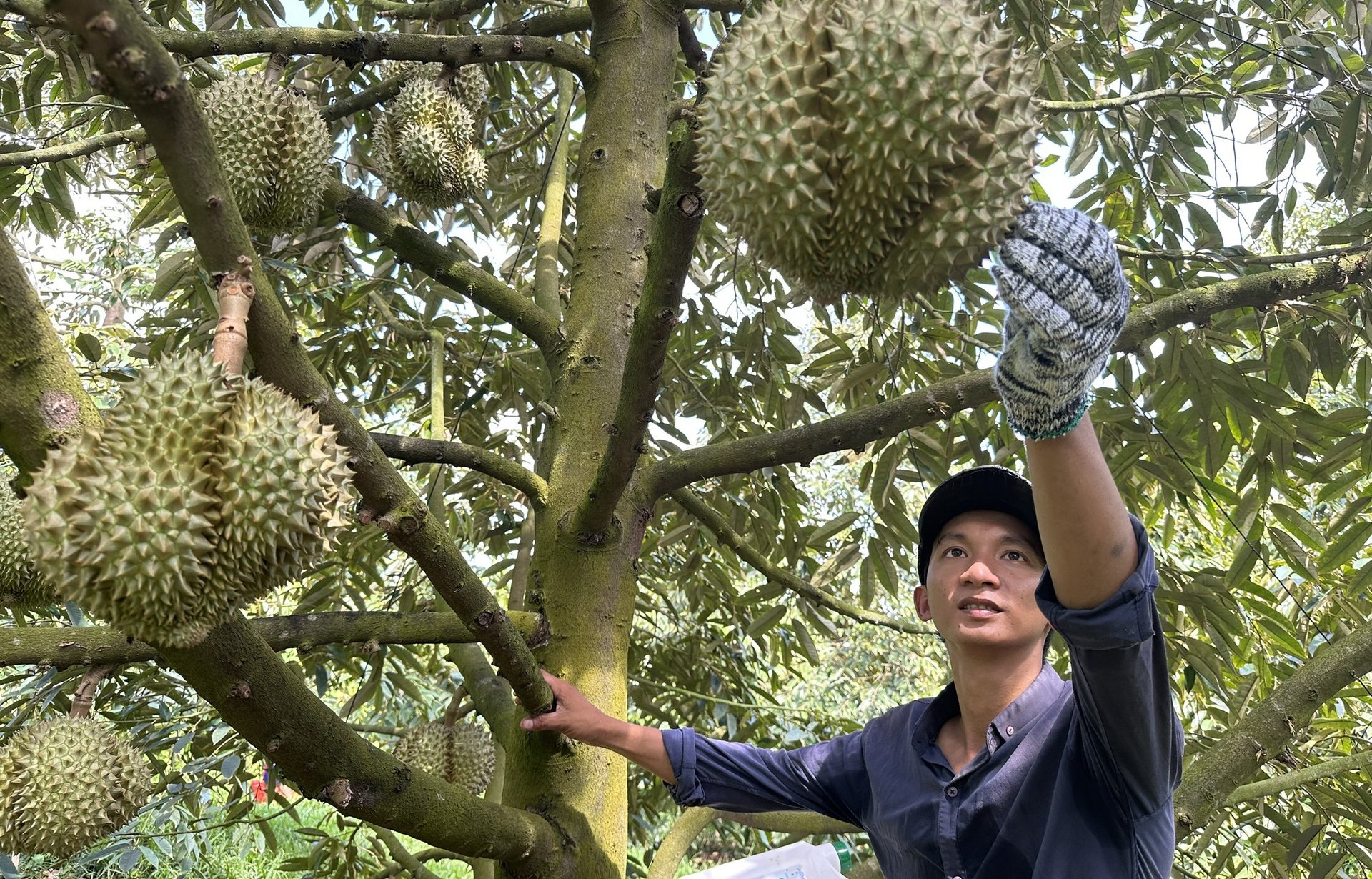
Durian is currently in the harvest season in the Central Highlands.
This is the second year that Vietnamese durian has been officially exported to China. This billion-dollar market has continuously increased its imports since the beginning of the year. As a result, demand for durian has skyrocketed, especially during the main harvest in the Central Highlands in September.
High demand causes durian prices to increase significantly. Traders have visited durian farms to make offers and deposits one month before the harvest. Durian "brokers" in certain areas are willing to pay high prices of up to nearly 100,000 VND per kilogram.
Durian farm owners tend to prioritize selling early due to the security of a deposit. As a result, these farm owners will increase the amount of fertilizer and pesticides to boost durian yields after receiving the deposit amount. This can lead to a reduction in the quality of commercial durian as well as the tree longevity.
Seasonality is also a major factor that affects the harvesting of durian. When receiving a substantial order, traders will harvest durian with a focus on quantity, which inadvertently affects the harvest window.
Durian capitals such as Tien Giang, Dak Lak, and Lam Dong provinces feature a special profession known as a "durian knocker". The knocker is responsible for determining the ripeness of durians by knocking on their shell. They will make calculations based on shipping duration to ensure that the product has the highest quality when it is delivered to the consumer.
As a weather-sensitive fruit, durian can also rot during the rainy season. This is a physiological disorder that causes the durian flesh to grow hard with an uneven color. In response to this issue, Mr. Nam recommends farmers to delay the harvest time by a few days so that the fruit grows back to normal.
“When durian reaches its harvest season, farmers must be constantly on duty in the farm. They must closely monitor the stages of harvesting, transporting to the packaging facility, preliminary processing, packaging and delivery to the border gate. A single weak link in this process can affect the entire chain", Mr. Nam analyzed.
Although durian has a great economic value, it also needs substantial investment. According to preliminary calculations, each hectare of pure durian can yield roughly 200 trees. During a five-year cycle, farmers have to invest between 300 and 600 million VND for seedlings, care, fertilizer, irrigation water, pesticides, growth stimulants, and so on. Farmers in certain areas have started planting grafted durian that can yield fruits two to three years earlier compared to the traditional method. This variety of durian can retain the advantages of the original seed.
The amount of durian exported to China only accounts for 20% of Vietnam's total output. However, the over-production of durian is common throughout the country.
Provinces such as Phu Yen are currently researching and experimenting with off-season durian. The mountainous district of Song Hinh has planted 400 hectares of durian to harvest in October, which follows the durian harvest season in the South and Central Highlands. Off-season durian prices are projected to be higher than that of the main season in addition to opening up a new segment for the industry.
Minister of Agriculture and Rural Development Le Minh Hoan has repeatedly encouraged farmers to export in accordance with market signals. This recommendation is essential for high-value industries such as durian production.
“Commercial products require farmers to strictly follow the market requirements. SPS is the gateway through which businesses and farmers understand the goals for their commercial products when they want to reach Europe, the United States, or China. SPS will also familiarize us with these markets", the Minister added.
Vietnam Agriculture Newspaper; Department of Plant; Department of Quality, Processing and Market Development; Dak Lak province's Department of Agriculture and Rural Development and Dak Lak Durian Association jointly organized the forum "Identifying the state of durian consumption and export linkage in 2023 and solutions for effective and sustainable development of Vietnam's durian industry" on September 11 from 8:00 a.m. to 11:45 a.m. .
Venue: Saigon - Ban Me Hotel, No. 1 - 3 Phan Chu Trinh, Thang Loi Ward, Buon Ma Thuot City, Dak Lak Province as well as online 1,000 online connection points nationwide.
Participants: Representatives from the Ministry of Agriculture and Rural Development: Department of Economic Cooperation and Rural Development; Department of Crop Production; Department of Legal Affairs; Vietnam SPS; Center for Digital Transformation and Agricultural Statistics; Vietnam Chamber of Commerce and Industry (VCCI); local Departments of Agriculture and Rural Development with durian production areas; central and local press agencies.
You can attend the forum online via Zoom ID: 921 5055 3574; Password: 230911
Translated by Nguyen Hai Long
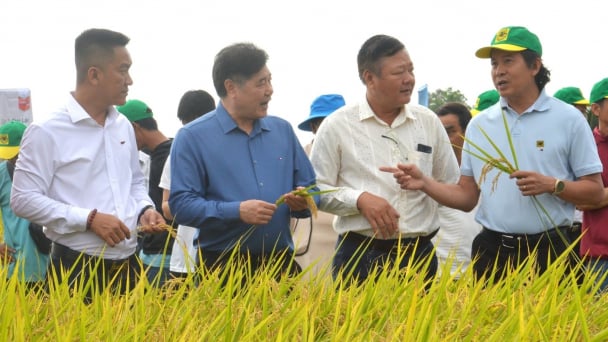
(VAN) The results from pilot fields are catalyzing the expansion of the One million hectares of high-quality, low-emission rice project in Kien Giang.
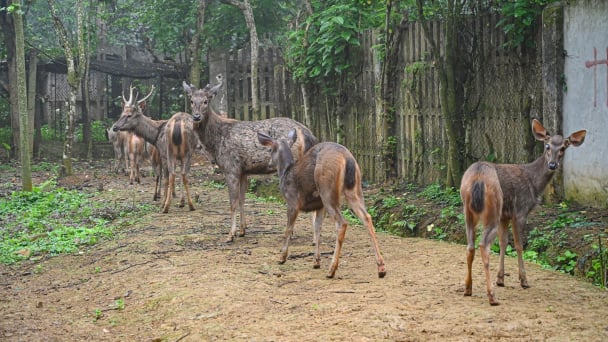
(VAN) On the morning of April 11, Cuc Phuong National Park received 18 individuals of endangered and rare wild animals from Da Nang city.
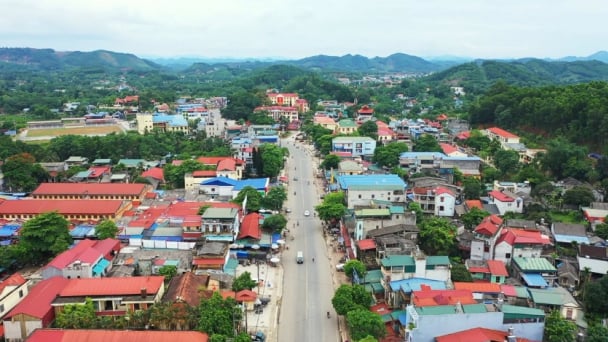
(VAN) FAO supports Vietnam in enhancing survey sampling techniques for the 2025 nationwide agricultural and rural census.

(VAN) By participating in the green transition, manufacturers become an indispensable part of the circular economy, contributing to resource optimization and environmental protection.
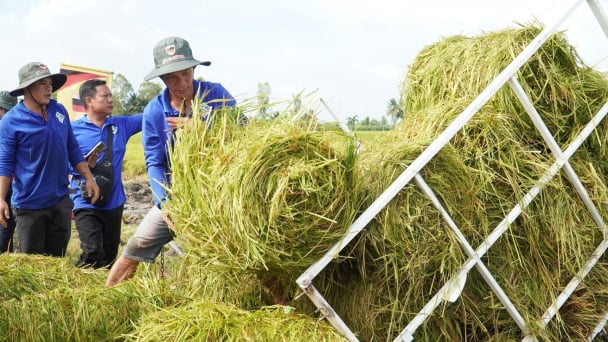
(VAN) The One Million Hectares of High-Quality and Low-Emission Rice Program can generate nearly 14 million tons of straw annually, posing an urgent requirement to diversify straw-based products.
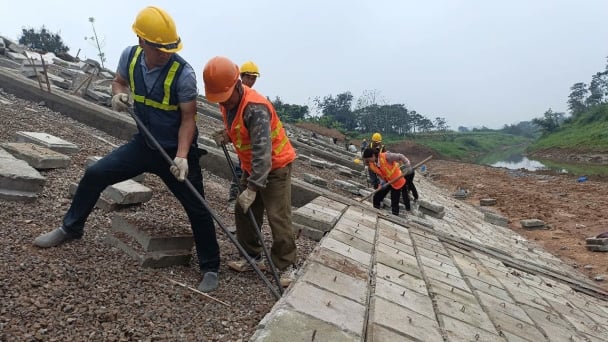
(VAN) This figure was recently announced at a conference held in Yen Bai, focusing on climate-resilient infrastructure development for ethnic minority regions.

(VAN) The evacuation center is a practical work in efforts to respond to natural disasters and adapt to climate change in vulnerable areas.